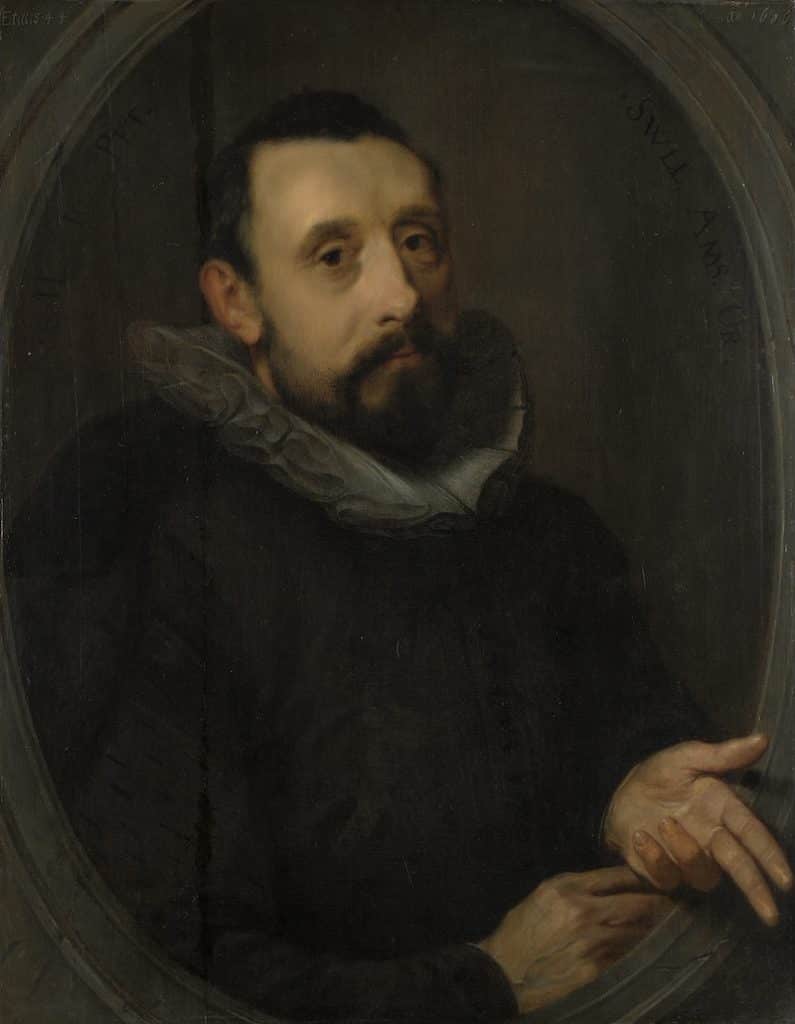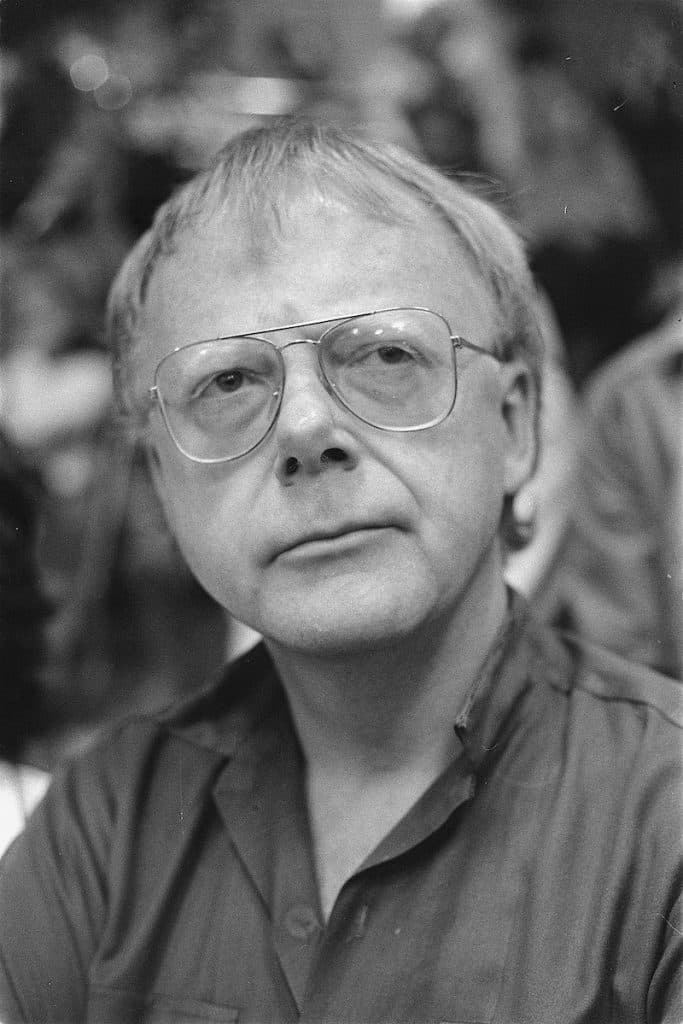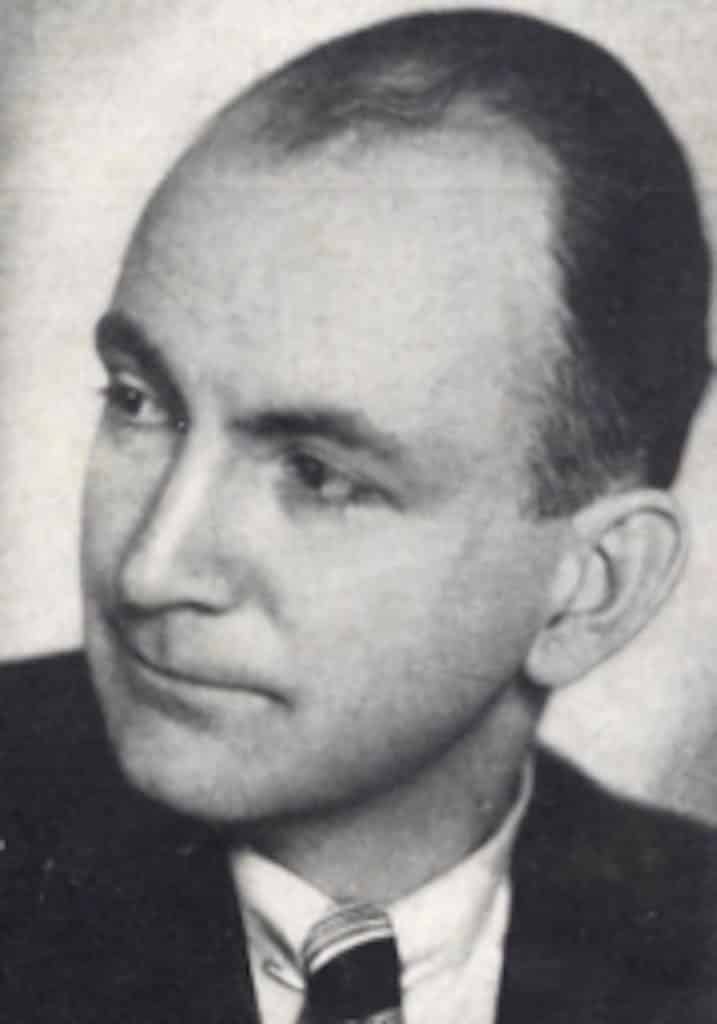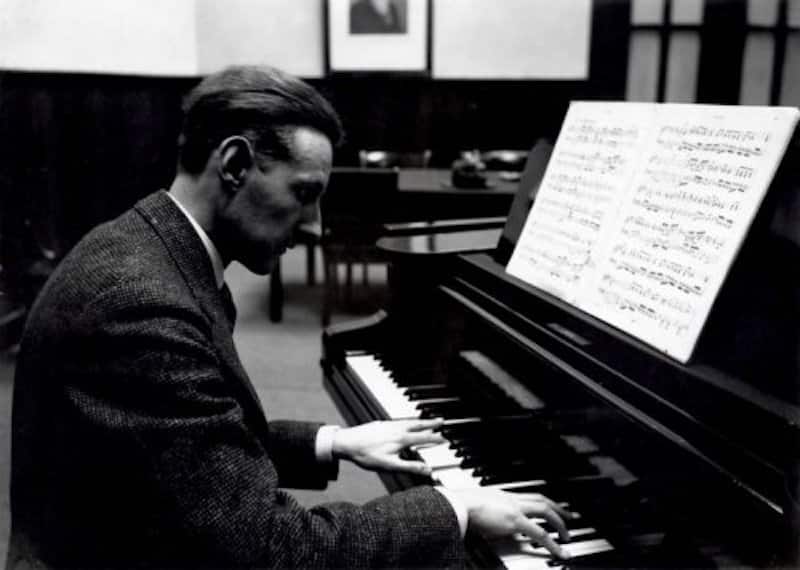The Dutch are famous for their tulips, wooden shoes, and windmills. A lot of people know about the great Dutch painters like Rembrandt, Vermeer, and Van Gogh. But did you know that the Netherlands is also home to some of the most prolific composers in history?
This article will explore the lives of some of the greatest Dutch composers you should know and some of their amazing music you should have a listen to.
1. Jan Pieterszoon Sweelinck

Jan Pieterszoon Sweelinck was born in April 1562 in Amsterdam and became an organist and composer who wrote music during the Renaissance and Baroque eras.
As one of the first composers in Europe, many others of Germanic descent used his work as inspiration.
His organ compositions predate those written by J.S. Bach.
Sweelinck’s father was the organist at Oude Kerk in Amsterdam, and at age 18, he took his father’s place, where he stayed until his death in 1621.
Most of the music Sweelinck wrote was both sacred and secular music for choirs and keyboards.
He influenced famous organists, like Bach and George Fredric Handel, who also wrote collections for organists.
Around Europe, his organ playing was popular, and he taught German composers like Samuel Scheidt and Heinrich Scheidemann, who also passed on Sweelinck’s teaching to the next generation of organists.
Some of his better-known pieces include Chansons and the Cantiones sacrae.
2. Constantijn Huygens

He was born in 1596 in The Hague, Constantijn Huygens was not only one of the best Dutch composers, but he was also a well-known poet.
The intellectual worked as a secretary two Frederick Henry and William II, both Princes of Orange.
As a child, he and his brother learned to play music by playing with the buttons on their clothing.
They learned the complex hexachord system from their father, where they began practicing their lessons on the viol, then moving to the lute and harpsichord.
Huygens preferred the lute, and when he was eleven years old, he began performing.
As he worked as a diplomat in his adulthood, the Danish Court and King James I of England requested his performances.
He eventually learned to play the guitar.
He also composed several songs in French, Italian, and Latin.
His better-known pieces include Air de cour and Pathodia sacra et profana.
3. Jacob van Eyck

Jacob van Eyck was born in 1590 in the Netherlands, but the exact location is unknown.
He was born blind, so he lived with his parents for most of his life.
In 1619, he worked with artisans in Heusden to improve the town’s carillon.
The improvements took place in the next two years.
As a Dutch Golden Age of Composers member, he practiced playing the carillon, organ, and recorder.
He had a knack for casting and tuning bells, which is why he excelled at working on carillons.
Historians credit him for developing the modern carillon, and he passed his knowledge to Pieter and François Hemony.
Through his work with carillon bells, van Eyck worked with Marin Mersenne to create a code of vibrating harmonic springs.
Later, van Eyck shared his work with legendary mathematician Rene Descartes who recorded their interactions in his journals.
The blind composer crafted 143 folk tunes for the recorder in Der Fluyten Lust-hof.
This is the most extensive collection of work for any wind instrument from a European composer.
4. Simeon ten Holt
Simeon ten Holt is best known for his piano compositions.
He was born in Bergen, North-Holland, and studied under Jakob van Domselaer, developing his minimal style.
He also learned to connect music to visual art and the relationship between music and mathematics.
His compositions can best be described as tonal with minimal measures that allow the pianist to play them ad-lib style.
He wrote pieces for solo and ensemble pianos, with his most famous work, Canto Ostinato, remains popular with fans of contemporary classical music.
He wrote his first composition in 1942.
In the 1990s and 2000s, he wrote four pieces for documentaries and short films.
His final compositions appeared in the documentary Over Canto in 2011.
He died in 2012 at age 89.
5. Louis Andriessen

Louis Andriessen was born in Utrecht (the same town where Jacob van Eyck tuned the carillon) in 1939.
His father, Hendrik Andriessen, was also a composer and taught music composition at the Royal Conservatory of The Hague.
Andriessen learned music composition from his father, Kees van Baaren, and Luciano Berio.
At a young age, he favored compositions by French composers Francis Poulenc and Eric Satie.
The world first noticed his ability as a composer in 1976 when he wrote De Staat.
Later, Andriessen helped found the Hague School, the minimalist, avant-garde musical movement.
As Andriessen’s work evolved, he wrote pieces for the San Francisco Symphony, Los Angeles Philharmonic, New York Philharmonic, and the BBC Symphony Orchestra.
He also served as the Richard and Barbara Debs Composer at Carnegie Hall in the 2009-2010 season.
His musical style influences Igor Stravinsky and Claude Vivier, and his best-known pieces include Workers Union, Mausoleum, and De Materie.
Dante’s Divine Comedy was the inspiration for his opera La Commedia, and he collaborated on film scores for Rosa: A Horse Drama and Writing to Vermeer in the 1990s.
6. Henk Badings

Henk Badings was born in Bandung, Java, in the Dutch East Indies.
After arriving in the Netherlands as an orphaned child, his remaining family tried to stop him from studying music.
Instead, they encouraged the sciences and technology.
He did work in the science industry until he quit in 1937 to focus on music.
As a primarily self-taught musician and composer, he had some inspiration and advice from Willem Pijper, who also attempted to dissuade him from working in music.
Badings first performed in front of an audience in 1930.
He wrote and performed a cello concerto at the Concertgebouw in Amsterdam.
Several Dutch conductors championed his work, but during World War II, his work with the Nazi occupation forces caused the Dutch to ban him from performing until 1947.
His work is highlighted with unusual harmonies that included scales from the eighth to fifteenth overtones.
By the time he died in 1987, he had written over 1,000 compositions that included 15 symphonies, four string quartets, and many more lengthy pieces.
7. Ton de Leeuw
Henk Badings worked with Ton de Leeuw, who Béla Bartók also influenced.
He was born in Rotterdam in 1926 and eventually became a music teacher at the University of Amsterdam and the Sweelinck Conservatory in Amsterdam.
He influenced and educated several notable students.
Between 1950 and 1954, de Leeuw studied ethnomusicology and visited several countries to understand transculturation in music better.
In the 1970s, he worked with André Jurres to found the Music-Culture gatherings at Queeckhoven House in the Netherlands.
He wrote several diatonic pieces like Gending and three operas that included Antigone and De Droom.
By the time of his death in 1986, he wrote 160 compositions that included solo works and operas that joined Eastern and Western musical thought.
8. Willem Pijper

Willem Pijper was born in 1894 near Utrecht to a strict Calvinist family.
He learned music through his parents playing psalms on the harmonium.
By the time he was ten years old, he had begun piano lessons and later studied at the Utrecht Academy of Music after high school.
However, most of his musical training was self-taught.
He was a prolific composer, but his best-known work was critiquing music.
He was so stern as a critic that the chief conductor of the Utrecht Stedelijk Orkest resigned after Pijper critiqued his performances.
As a writer, he helped found the periodical De Muziek in 1926.
His polytonal collection of work includes the Pijper scale of the octatonic scale.
He wrote several choral and vocal pieces, orchestral and concerto music, and a couple of operas.
9. Henny Vrienten

Henny Vrienten was born in Hilvarenbeek, the Netherlands, in 1948 and is best known for writing SKA music and film scores.
His earliest fame came from being a member of Les Cruches, then serving as the bass player in the SKA band Doe Maar.
In the 1970s, he released a single under the name Ruby Carmichael.
After a handful of albums and intense popularity around the world, Doe Maar stopped playing. Vrienten then began writing music for TV and film scores, including the Dutch version of Sesame Street.
He also wrote and released several solo albums, releasing his latest – Nachtwerk – in 2017.
10. Herman Beeftink
Herman Beeftink was born in Kampen, Overijssel, the Netherlands, in 1953, but he makes his home in California, where he composes music for movies and television programs.
He honed his craft of writing music and playing the piano at the Utrecht Conservatory, and he taught in the Jazz Department there between 1978 and 1982.
After his stint educating music students, he moved to California and worked as a studio musician at popular 1980s programs like Cheers, Roseanne, and Home Improvement.
He later composed music for television programs on the History Channel and the WB hit show Gilmore Girls.
Beeftink continues to contribute to films and in the early 2000s, he added music and songs to movies like Wild Hogs, Freaky Friday, and The Simpsons Movie, where he wrote the song “Carousel Ride” that also appeared in the movie X-Men Origins: Wolverine.
Summing up our List of Famous Dutch Composers
As we conclude this blog post, we hope you learned a lot about some of the incredible Dutch composers and feel inspired to explore more of the music that has been created in the Netherlands.
There are many talented composers that have emerged from this region, but these 10 stand out as some of the most influential.
But this list only scratches the surface of what the countries musicianship has to offer.
Spend some time on YouTube exploring their music and let us know who we should add to this list of composers from the Netherlands next.
